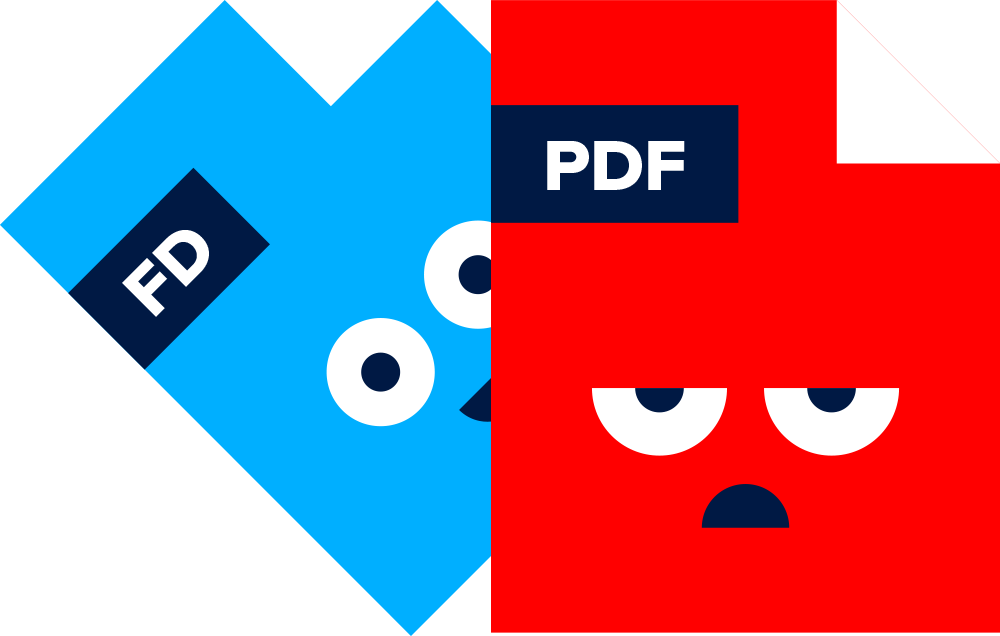Content marketing is nothing new and can be incredibly tedious in the B2B world. However, up-and-coming brands are adopting a fresh approach and putting their own stamp on their content.
Branded content is taking the digital frontier by storm. Innovative businesses, from mom-and-pop shops to billion-dollar startups, compete for consumer attention in brilliant new ways. They understand the value of being first in line and staying top of mind while remaining true to their roots.
So, what’s the secret to success in today’s crowded branded content marketing landscape? How can your company compete even if you don’t have a big marketing budget?
The answer is deceptively simple: Innovate, captivate, and engage.
Innovation means pushing the envelope with creative ideas and how much you can accomplish with your budget. Your target audience wants to be captivated by your marketing - don’t disappoint them.
Finally, engage with your users in meaningful ways. Understand their needs and show them exactly how your product or service will improve their lives.
Let’s take a closer look at branded content — and how to use it to innovate, captivate, and engage your target customers.
Branded content in the digital landscape
Innovative branded content has taken center stage, using storytelling techniques to help businesses connect with their audiences. Traditional marketing techniques have taken a backseat as brands strive to make a lasting impact in a market that’s becoming increasingly saturated.
So, what does this mean for B2B businesses?
When starting a business, you need to dial into your audience. Know their pain points, needs, and aspirations intimately. This is key to solving their problems and staying top of mind.
As you grow your business, this will help you create branded content that captures your target audience’s attention and resonates with their interests and values. But since your audience has countless content options to choose from, your content must speak their language if it’s to capture and hold their attention.
This means they’re more likely to engage with brands that understand their needs and specifically address their pain points and aspirations. By crafting content that reflects aligned brand values and connects on a deeper level, you can foster lasting relationships and establish your business as a trusted B2B authority.
Innovative strategies for creating branded content
Now, look at four examples of successful branded content.
Branded interactive content
Interactive content is beneficial for many reasons. It sparks curiosity and excitement, making your brand more memorable and shareable. This leads to higher engagement and improved user experience. Additionally, interactive content generates twice the number of conversions as passive content.
Offering interactive content allows you to use campaign analytics tools to analyze your audience’s behavior and gather valuable insights into their preferences. You can then use this information to refine your marketing strategies, personalize offerings, and tailor experiences.
Some examples of interactive content include:
- Interactive infographics
- Calculators
- Polls
- Clickable maps
- Videos
- Spotify embed
Interactive content is beneficial at every stage of the sales funnel and outperforms static content in almost every way.
Authenticity
Real stories evoke emotions and connect with audiences on a deeper level. Here are some statistics that prove it:
- 75% of consumers feel it’s important for brands to use storytelling in their marketing.
- Customers who like a brand’s story are 55% more likely to buy from them.
- Branded stories lead to a 4% boost in trust and brand connection.
- Storytelling can increase conversions by 30%.
They humanize your brand, allowing others to see the real people behind your business. By sharing stories highlighting challenges, triumphs, and lessons you’ve learned, you can inspire your audience and build authentic relationships with them.
Transparency about data collection and usage practices is key to building user trust. 86% of Americans prefer to buy from “transparent” brands. You might also consider attending data privacy training to ensure your practices comply.
Artificial intelligence and personalization
Artificial Intelligence (AI) has transformed how businesses personalize content and online experiences for individual users. Globally, 88% of marketers use AI tools to help them personalize customer journeys.
Through sophisticated algorithms and machine learning techniques, AI analyzes vast user data sets to tailor content and recommendations to each person’s needs and preferences. For instance, when visitors fill out a product quiz on your website, AI can store those actions to learn more about your unique customers.
AI-powered tools can also analyze customer behavior data and provide insights into purchasing behavior, search patterns, and more. These tools can deliver some results in real-time and others much faster than traditional analytics. However, it’s crucial to implement feedback loops and ensure human checks for AI content to avoid corrupted or inaccurate data.
When applied correctly, these tools' insights are invaluable and allow marketers to customize their campaigns in remarkable ways. By understanding user behavior, AI can deliver:
- Personalized product recommendations
- Customized user experiences
- Targeted advertisements
This personalization level enhances customer satisfaction and fosters deeper engagement since users feel valued and understood.
For example, an AI-powered tool might provide insights about a customer’s purchasing history, showing that they regularly order a specific type of natural cleaning product. With this knowledge, a targeted email campaign featuring similar products containing the same natural ingredients can be sent to this customer. Alternatively, an email might be sent with a coupon or discount code for a new, complementary product.
This lowers the barrier to entry and helps the customer feel guided and supported. However, it’s important to note that addressing ethical considerations surrounding data privacy and user consent is crucial if you're to embrace AI-driven personalization. Nearly half of professional marketers share a deep concern regarding the ethics and data privacy surrounding the use of AI.
Influencer marketing and collaboration
Joining complementary businesses allows you to scale more quickly. This collaborative approach expands your reach and brings fresh perspectives and expertise to your content, which means more value for your audience.
User-generated content (UGC) is a powerful way to support people and foster collaboration. UGC encourages your audience to create and share content related to your brand. B2B content types might include testimonials, reviews, photos, videos, and more.
UGC brings authenticity and social proof to your branded content since it’s created by real users who genuinely love your products or services. By featuring UGC in your branded content, you showcase your loyal customers’ experiences and voices, building trust and credibility with your audience.
Partnering with influencers, publishers, and advertisers can maximize your collaborative impact. Influencers who align with your brand values and have an engaged following can amplify your reach and connect you with their loyal audiences. Publishers and advertisers with relevant industry expertise and audience demographics can help you strategically distribute and promote your content to reach the right people.
Check out these stats if you’re considering collaborating with an influencer. You don’t need an enormous budget to get started and don’t have to work with influencers with millions of followers. You can have successful campaigns and gain plenty of traction with smaller influencers - as long as they have the right audience.
- 63% of marketers agree that influencer-generated content outperforms other brand-directed content.
- Nano-influencers consistently achieve the highest engagement rates (4.39%) across all platforms.
- 93% of creators (influencers) will only work with brands for free products.
- 64% of brands work with smaller (micro or nano) creators (influencers).
Final thoughts
Prioritizing customers and delivering value through branded content is critical to fostering a solid and loyal customer base. With innovative branded content, you can showcase your expertise, establish trust, differentiate yourself from competitors, build credibility, and strengthen the bond between you and your customers.
If you’re ready to innovate, captivate, and engage your audience with branded content experiences, save this article and share it with your marketing team. Here’s to your success!



